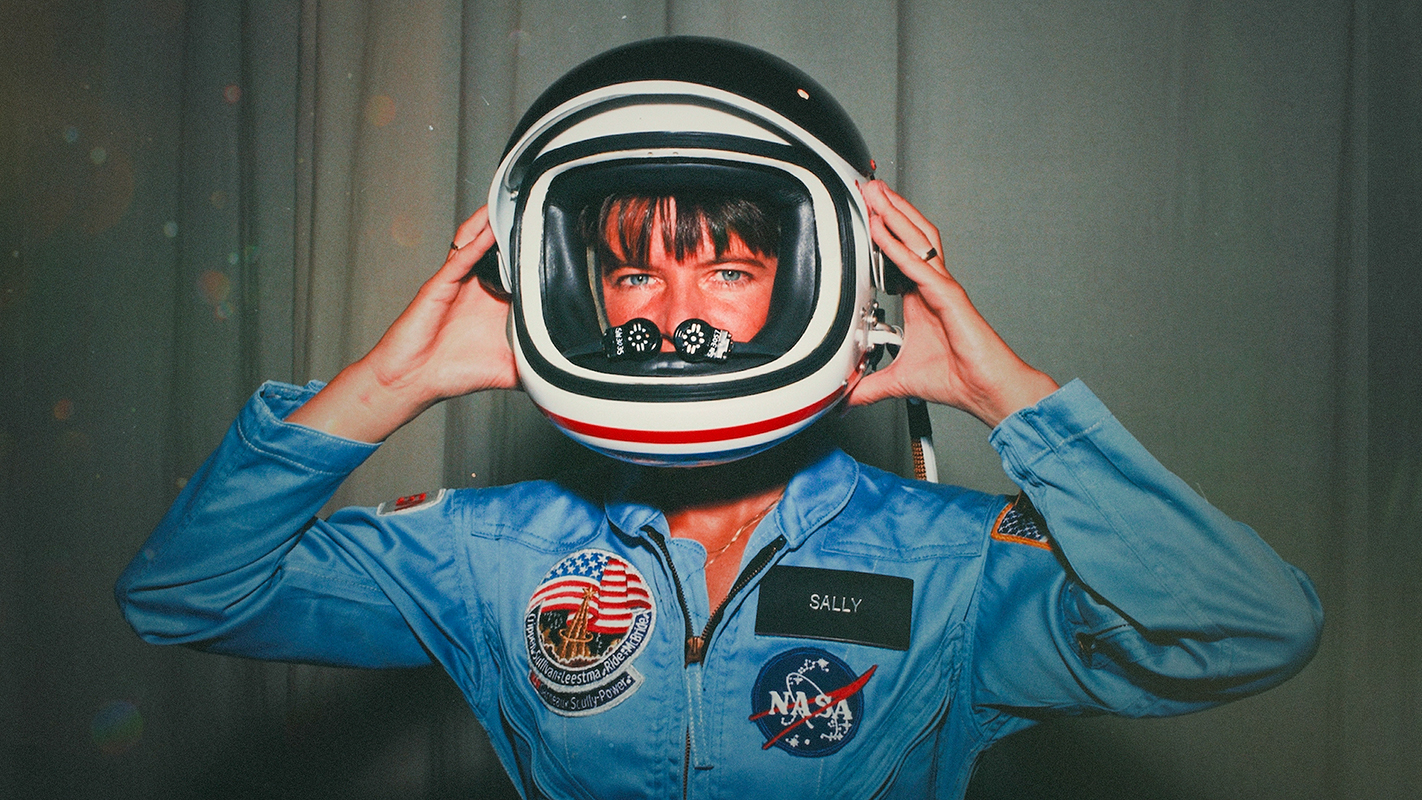Distant Relative
Next month, a NASA probe will reach Pluto, finally unlocking its mysteries

Poor Pluto. We’ve had such a capricious relationship with the former planet. One minute we love it, celebrating it as the ninth celestial body in our solar system. The next? We’re casting it out, proclaiming it a fraud, relegating it to lesser “dwarf planet” status as we pull focus back to the original eight.
Admittedly, we assumed Pluto to be our solar system’s ninth largest planet for over seventy years. Discovered in 1930 by astronomer Clyde Tombaugh, the little rock some 4.7 billion miles from Earth remained a distant mystery for decades. By the end of the seventies, Pluto was found to have a neighbor, its largest moon Charon — the first of five to be discovered. However, while it was finally a little less lonely at the farthest reaches of our little system, Charon would be Pluto’s downfall.
Charon’s size and relative distance from Pluto allowed astronomers to estimate the size of the planet. It wasn’t good news. Pluto is (relatively) tiny — both it and Charon could just about fit inside the borders of America — a mere one-fifth of one percent of the mass of Earth. By the nineties, Pluto’s status as our ninth planet was on rocky footing. Other, similarly-sized bodies had been detected out in the black of space, beyond Neptune’s orbit. It’s a place known as the Kuiper belt, and Pluto’s place within it led to the ultimate fall from grace: in 2006, the International Astronomical Union declassified Pluto as a planet. It was just too small.
NASA, however, isn’t giving up on little ol’ Pluto. Instead of leaving it to dry its tears with the other dwarf planets (yes, there are more), the space agency launched its New Horizons mission — which is currently en route to intercept Pluto next month. After two previously cancelled missions, New Horizons left Earth in 2006. The 1,000 pound craft is currently hurtling through space at 31,300 miles per hour, thanks to a helping hand from Jupiter — New Horizons used the giant planet’s gravity to slingshot it faster towards Pluto.
The craft itself is jammed with the latest space exploration tech (for 2006, anyway). There are seven instruments in total: three optical, two plasma, a dust sensor (because space is a vacuum! No? Okay…) and a radio receiver. Combined, they will be used to inspect and probe Pluto when New Horizons eventually reaches it. The craft will spend 150 days total observing Pluto, getting as close as 6,000 miles from its center of mass.
New Horizons will photograph Pluto’s surface in a variety of ways. LORRI, or the Long Range Reconnaissance Imager, is the main camera on board, utilizing a one megapixel sensor with a giant, 8-inch aperture designed to provide high-resolution, responsive images. The total unit weighs over thirty pounds, but it should pay dividends when it starts returning images of Pluto’s surface. It will take hundreds of photos of the surface of Pluto and its moons, letting scientists effectively map them for the first time. Indeed, until New Horizons, astronomers have relied on the Old Faithful of the space community, the Hubble Telescope — last month, New Horizons finally returned clearer images of Pluto than Hubble can provide, though it was still millions of miles away at the time.
NASA has recently released the first major images of Pluto from the mission. Resembling something out of an ancient arcade machine, an orange-grey lump of pixels sits in the blackness of space, as a smaller, brown-grey pixel blob circles it. It’s Pluto, with its moon Charon, seen for the first time in color. For eighty years, Pluto has remained a black-and-white mystery to us, but thanks to New Horizons’ Multispectral Visible Imaging Camera, we’re achingly close to seeing the dwarf planet in its full glory.
Black and white images captured by LORRI have revealed further details, including an incredible variety in terrain and the presence of a “dark pole” on Charon — an anti-polar cap, as NASA is calling it currently. It’s a world of unknowns, as New Horizons continues to race towards the planet, teasing scientists with ever-clearer glimpses of its surface.
“After traveling more than nine years through space, it’s stunning to see Pluto, literally a dot of light as seen from Earth, becoming a real place right before our eyes,” said Alan Stern, New Horizons’ principal investigator. “These incredible images are the first in which we can begin to see detail on Pluto, and they are already showing us that Pluto has a complex surface.”
New Horizons isn’t just unravelling the enigma that is Pluto, it’s also a crowning achievement in the technological capabilities of NASA and the United States. After the Cold War space race, which culminated in the moon landing, America has led the world in space exploration. Of the seven other planets in our solar system, NASA probes have been the first to reach them. With Pluto soon to be added to NASA’s trophy cabinet, the United States will have successfully completed the initial reconnaissance of our solar system.
It’s an astounding testament to the progress of science and technology that Pluto — a “dot of light” suspended in darkness at the furthest extremes of our solar system, which we once heralded as the ninth body in our string of magnificent planets — will soon become just another achievement in mankind’s quest to explore the stars.
Support Metro Weekly’s Journalism
These are challenging times for news organizations. And yet it’s crucial we stay active and provide vital resources and information to both our local readers and the world. So won’t you please take a moment and consider supporting Metro Weekly with a membership? For as little as $5 a month, you can help ensure Metro Weekly magazine and MetroWeekly.com remain free, viable resources as we provide the best, most diverse, culturally-resonant LGBTQ coverage in both the D.C. region and around the world. Memberships come with exclusive perks and discounts, your own personal digital delivery of each week’s magazine (and an archive), access to our Member's Lounge when it launches this fall, and exclusive members-only items like Metro Weekly Membership Mugs and Tote Bags! Check out all our membership levels here and please join us today!




























You must be logged in to post a comment.